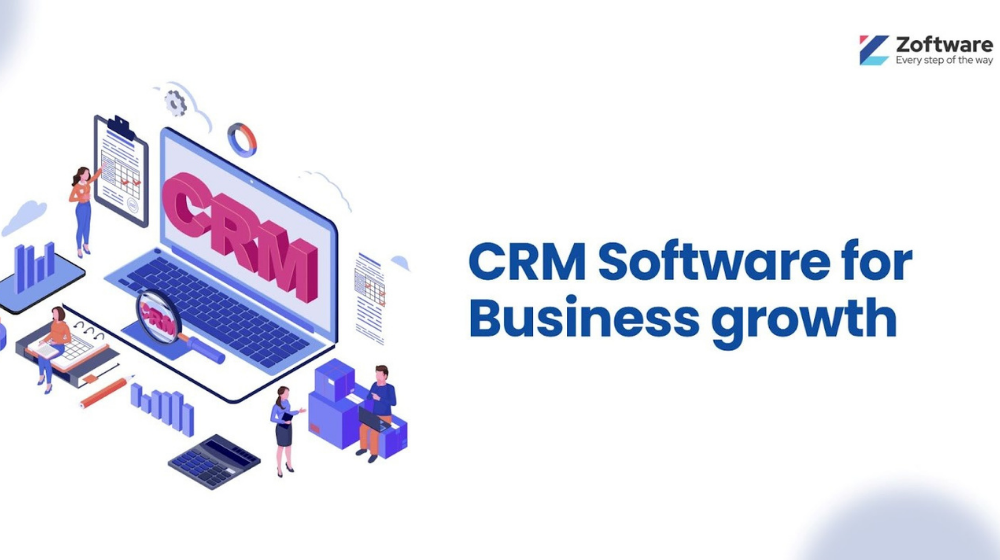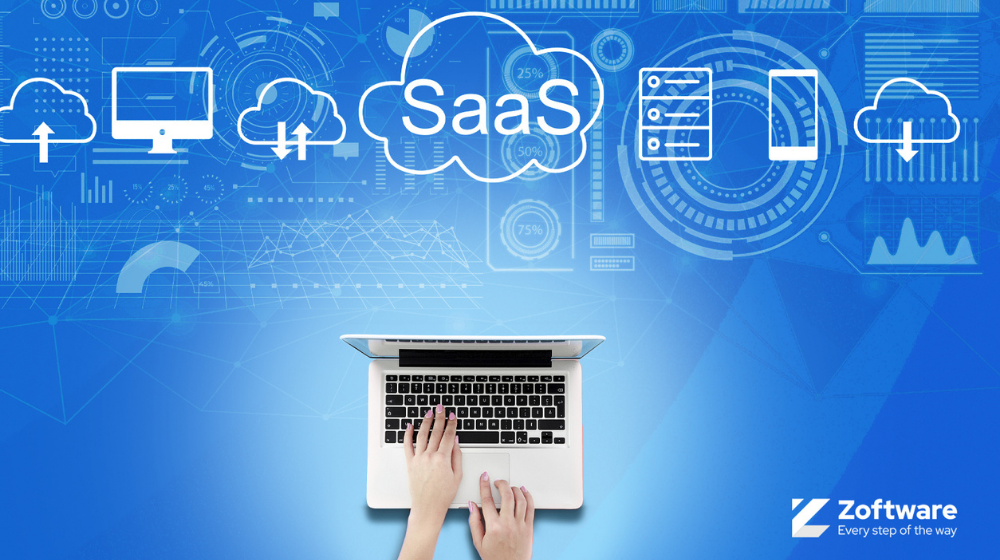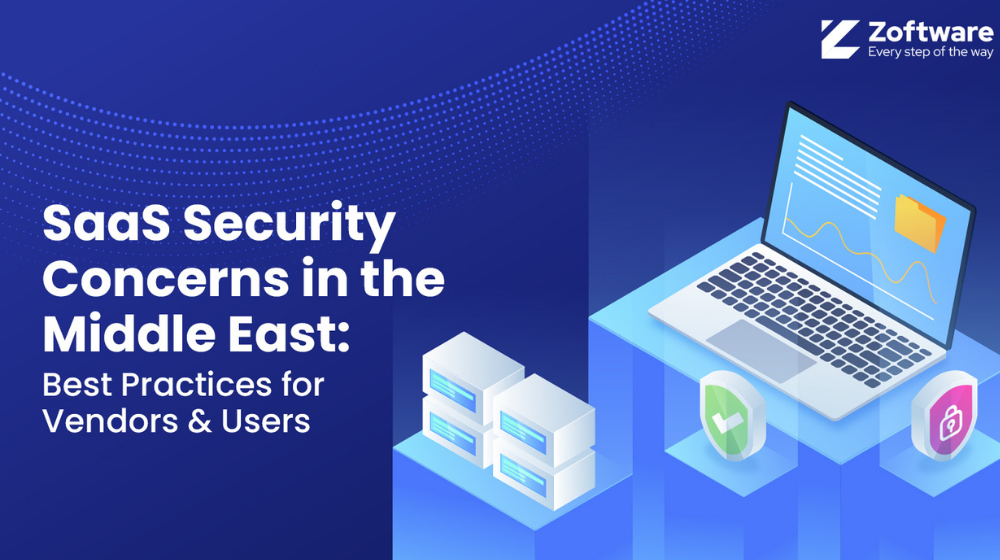By 2025, revenues in the CRM software market, currently the world’s largest, are expected to exceed $80 billion, continuing its growth trend. This result shows the high demand for CRM software, as it helps businesses improve their performance and growth. CRM software deals with customer relationships, which is essential for every business. If you are running a business and struggling to manage customers, you should understand how CRM helps businesses grow and how it improves business performance. In this blog, you will learn about it. But before that, let’s know what a CRM is. What is (CRM) Customer Relationship Management? Customer Relationship Management (CRM) represents a strategic methodology that combines business operations, technological solutions, and human resource efforts to effectively identify, secure, and maintain customer relationships, ensuring mutual advantages for the company and its clientele. This approach encompasses an all-encompassing system that oversees a company’s engagements with existing and prospective customers. CRM utilities facilitate the handling of customer information, the simplification of operational processes, and the improvement of interactions in customer service. To understand CRM in detail, let’s explore its key components and importance of CRM. Key components of CRM Importance of CRM: CRM software management is essential to understand customer management and enhance overall business performance and growth. The key components of CRM explain its features and how it can solve particular problems. CRM software management focuses on different aspects of business performance. Aspects like Sales Efficiency, Revenue Growth, Enhanced Marketing Effectiveness, Improved Customer Service, and many more. All these aspects boost overall business growth, too. Let’s understand the importance of CRM in detail by understanding how it helps businesses grow and its impact on various aspects of business performance. How CRM helps business to grow Now, you will understand how CRM effectively helps businesses grow. Despite the nature and size of your business, CRM is also beneficial for small businesses. Many tailored CRM software solutions cater to small businesses’ requirements, too. Small business owners should understand that CRM works differently for small businesses. They don’t need to focus on a wide range of customers, but it doesn’t mean the efforts are less. Let’s understand how to use CRM for small businesses. Here’s a step-by-step guide for you: How to use CRM for small business Choose the Right CRM Software: Implement the CRM System: Train Your Team: Integrate CRM with Other Tools: Data Management and Organization: Leverage CRM for Marketing: Enhance Customer Service: Monitor Sales Processes: Regularly Review and Adapt: Ensure Compliance and Security: Significant impact on various aspects of business performance How CRM software helps in business performance is explained by stating its impact on its various aspects given below: Sales Efficiency and Revenue Growth: Enhanced Marketing Effectiveness: Improved Customer Service and Satisfaction: Operational Efficiency: Enhanced Internal Communication and Collaboration: Customer Retention and Loyalty: Conclusion With this blog, you will understand how CRM software benefits businesses. Even if your business is small, you should have a suitable CRM software management system to improve your business performance and growth. But sometimes, finding the best CRM software for your business can be nerve-wracking. As it is an integral part of your business growth, you must be careful while selecting. Well, you do not have to take all the loads on your head. Here, we have a helping hand for you. Zoftware is a software exploration platform located in the Middle East. This platform streamlines the task of finding suitable CRM software by enabling businesses to outline their needs, evaluate different software choices, and make knowledgeable choices based on authentic user reviews. Register now to get the best software for your enterprise.
Digital Nomads and Remote Work: The Future of SaaS in the Middle East
Digital nomadism and remote work are the new normal! What was once viewed as an unconventional choice has emerged as an essential component of thriving businesses in various domains due to COVID-19. A recent recruitment survey of working professionals in the MENA region revealed that more than 92% of respondents have all the necessary resources to seamlessly execute their jobs remotely, highlighting the region’s preparedness for remote work. The UAE leads the Middle East in digital evolution, demonstrated by its position in the United Nations Online Service Index (OSI) for the area and its eighth-place standing worldwide. In this article, we will explore how the rise in remote work is shaping the future of SaaS in the Middle East. Let’s get started! The Rise Of Remote Work In Middle East: Key Drivers that Attract Businesses With Dubai at its epicenter, the Middle East is attracting startups and freelancers globally from around the world. This transformation is not just incidental but is driven by strategic initiatives, infrastructural developments, and policy reforms. Let’s take a look at them: Dubai’s government has been proactive in creating a business-friendly environment. With minimal bureaucratic red tape, low taxes, and policies that encourage entrepreneurship, the city has become a magnet for startups. Dubai’s position at the crossroads of Europe, Asia, and Africa makes it an optimal hub for businesses to access these vast markets. Its strategic location is complemented by its openness to international visitors, making it favorable for multinational teams. Dubai’s Innovation Testing License and ADGM’s Reglab allow startups to test their innovative products in a controlled environment, reducing market entry risks. The tax-exemption policies, Golden Visa, offering long-term residency, provide stability and security for investors, further attracting global talent. Dubai’s heavy investment in infrastructure, from transportation to telecommunications, has created a conducive environment for businesses. Initiatives like AMER services simplify the business setup process, reducing bureaucratic dependencies. Dubai’s ecosystem is robust, with over 10 state-of-the-art incubators, accelerators backed by top UAE banks, and startup hubs. These institutions provide the necessary support to startups, helping them scale and grow. Dubai’s diversified economy and access to capital make it an attractive destination for startups. Government-backed venture capital funds and other investment avenues provide the necessary funding for startups to thrive. Dubai has introduced measures to protect worker rights, including creating a labor court and a wage protection system. Such initiatives ensure a balanced relationship between employers and employees, making the city attractive for businesses. The Middle East’s rise as a hub for remote work and global businesses results from strategic planning, innovative policies, and a vision for the future. As the worldwide business landscape evolves, the Middle East, led by Dubai, is well-positioned to lead the charge, offering unparalleled opportunities for digital nomads and businesses. How Remote Work Is Shaping The Future Of Saas In The Middle East? Here are some ways in which digital nomads and remote work are shaping the future of SaaS in the Middle East: A Glimpse into the Future of SaaS in the Middle East Historically recognized for its vast oil reserves and trades, the Middle East is undergoing a digital transformation. With the global shift towards digital solutions and the increasing acceptance of remote work, the region is rapidly positioning itself as a burgeoning hub for Software as a Service (SaaS). Here’s a peek into the present landscape, the driving forces behind it, and a peek into what the future holds. The Current Landscape of SaaS in the Middle East The Middle East’s SaaS market has been on a steady incline. Government initiatives promoting digital transformation, heightened cloud adoption rates, and a thriving startup ecosystem are the primary catalysts. First, recognize the growth potential: the SaaS market in the Middle East is set to soar, with an expected growth rate of 18.25% from 2018 to 2023. According to Marketwatch, the region’s SaaS market has grown due to evolving IT infrastructure, substantial government investments in IT services, and an increasing penetration of IoT. Moreover, this growth is also driven by businesses seeking integrated solutions for their challenges. The rising automation in business processes and the growing popularity of SaaS tools like CRM and supply chain management are further propelling the UAE’s SaaS market. Let’s take a detailed look at it in the following section. Driving Forces Behind the Rise In SaaS Adoption In Middle East Cities like Dubai have become magnets for tech startups. The increasing number of these startups, especially in the SaaS domain, indicates a shift towards digital solutions. Investments in robust IT infrastructure and growing internet penetration have created a conducive environment for the SaaS market to flourish. Businesses in the Middle East are increasingly looking for scalable and flexible IT solutions that can meet their changing needs. SaaS solutions offer these benefits, as they can be easily scaled up or down as needed. SaaS solutions can help businesses save money on IT costs, as they do not require purchasing and maintaining on-premises software. This is a significant factor for companies in the Middle East, which are often looking for ways to reduce costs. SaaS providers typically have robust security and compliance measures in place, which can help businesses improve their security posture. This is important for businesses in the Middle East, which are subject to strict data privacy and security regulations. Cloud computing is becoming increasingly popular in the Middle East as businesses realize the benefits of its scalability, flexibility, and cost-effectiveness. This is, in turn, driving the adoption of SaaS, as many cloud computing providers offer SaaS solutions as part of their portfolios. The internet penetration rate in the Middle East is growing rapidly, creating a larger pool of potential SaaS users. In addition, the increasing use of mobile devices makes it easier for businesses and individuals to access SaaS applications. Future Outlook According to a report by Bluewave Consulting, from 2023 to 2029, the UAE’s SaaS market is expected to expand at a 27.93% CAGR, reaching USD 30.52 billion by 2029. The future of
SaaS Security Concerns in the Middle East: Best Practices for Vendors and Users
Software as a Service (SaaS) is rapidly evolving, and it’s pivotal for businesses to keep up. With more than 30,000 companies charted in the SaaS landscape, the sector isn’t merely expanding; it’s flourishing. As per recent research, it is projected that 85% of software that organizations use will be SaaS by 2025. Here are some figures to set the stage: The SaaS market is projected to skyrocket to a staggering $700 billion by 2030, and it’s sprinting there with an annual growth rate of 18.3%. The Middle East and North Africa (MENA) region is at the epicenter of this SaaS boom, as it is the second fastest growing region for SaaS, with a CAGR of 18.2% from 2022 to 2028 and is expected to reach a market size of US$20.67 billion by 2028. SaaS offers many advantages, like adaptability and flexibility. However, it also brings significant security concerns. However when businesses transfer their customers’ data to external vendors, they are putting their data’s security at risk. A study found that sensitive data in about 81% of organizations has been exposed in SaaS applications. This highlights the prevalence of data vulnerabilities in SaaS applications and the urgent need for enhanced security measures Before buying a SaaS application, it is imperative to evaluate the security risks. This will help business-leaders to make informed purchasing decisions. This article explores the common SaaS security risks associated with SaaS solutions, and it’ll also provide proactive insights on how businesses can address these issues effectively. Let’s get started! What Are The SaaS Security Concerns That Businesses Face in the Middle East? The rise in the use of SaaS (Software as a Service) in the Middle East has brought with it a surge in security concerns. As more businesses adopt SaaS, they must also be aware of the potential risks. Here is how potential SaaS security risks impact your business: Many organizations in the Middle East are concerned about the security of their data when it is stored in the cloud, especially if the cloud provider is located outside of the region. This is due to the fact that there are different data privacy laws and regulations in different countries, and organizations want to make sure that their data is protected in accordance with the laws of their own country. Cloud-based SaaS solutions are vital for many businesses, holding a wealth of sensitive information ranging from customer details to financial insights. However, the significance of SaaS security becomes evident when considering the risks. Without proactive security measures, cybercriminals can exploit this data. A common tactic is phishing, where attackers deceive employees into sharing their SaaS login credentials, granting unauthorized access to invaluable data. If your SaaS applications are not properly configured or managed, you could violate industry regulations or government laws. This could lead to fines, penalties, or other sanctions. Shadow IT is the use of unauthorized cloud-based applications and services by employees. This can pose a security risk because these applications and services may not be subject to the same security controls as the organization’s approved applications. Organizations need to have a policy in place to manage shadow IT and ensure that all cloud-based applications and services are used securely. The digital landscape of SaaS platforms can sometimes be a double-edged sword. While they offer convenience, they can also be gateways for malware, especially through insecure connections or software vulnerabilities. An employee might unintentionally download a malicious file, which can then spread across the network, jeopardizing the SaaS environment. Recognizing the SaaS security significance is crucial to prevent such breaches. SaaS platforms, due to their reliance on user credentials, are prime targets for phishing schemes. Cyber attackers craft deceptive emails, imitating genuine SaaS providers, to trick employees into revealing their login details. Once these credentials are compromised, the entire SaaS platform and its stored data are at risk. Implementing multi-factor authentication can be a game-changer in such scenarios, adding an extra layer of security. Being internet-dependent, SaaS applications are vulnerable to DDoS attacks. In these attacks, the application is bombarded with overwhelming traffic, causing disruptions and potential revenue losses. The essence of proactive security measures becomes clear in such situations, ensuring business continuity and safeguarding user trust. Sometimes, the danger lurks within. Employees with access to SaaS platforms can inadvertently or intentionally harm its security. This could be through sharing sensitive data or accidentally introducing malware. A study found that 36% of employees still had access to systems after they left their jobs. This is a major security risk, as it allows unauthorized users to access sensitive data. Access control is therefore crucial for all SaaS applications that contain sensitive data It’s imperative for businesses to recognize the significance of SaaS security and employ measures like multi-factor authentication to counteract such threats. By understanding the importance of SaaS security and integrating proactive security measures, businesses can ensure a safer and more reliable digital environment for their operations and clientele. Let’s move on to the next section to better understand how vendors and users can mitigate security risks in SaaS applications. 11 Best Practices to Mitigate Security Risks in SaaS Applications for Vendors and Users Your choice of SaaS provider can make or break your security posture. Opt for providers known for their robust security measures, and those that have undergone third-party audits or possess industry-recognized certifications. Moreover, when choosing a SaaS provider, do your research and choose a provider that has a good reputation for security. Look for providers that have been certified by a reputable security organization, such as SOC 2 or ISO 27001. In the age of digital transformation, ensuring robust cloud security is paramount. This involves deploying advanced tools and protocols tailored for cloud environments, such as firewalls and encryption methods, to safeguard data both in transit and at rest. Being prepared is half the battle won. Establish a clear, step-by-step incident response plan that addresses potential security breaches, ensuring swift action and minimal damage. With the integration of third-party tools and


